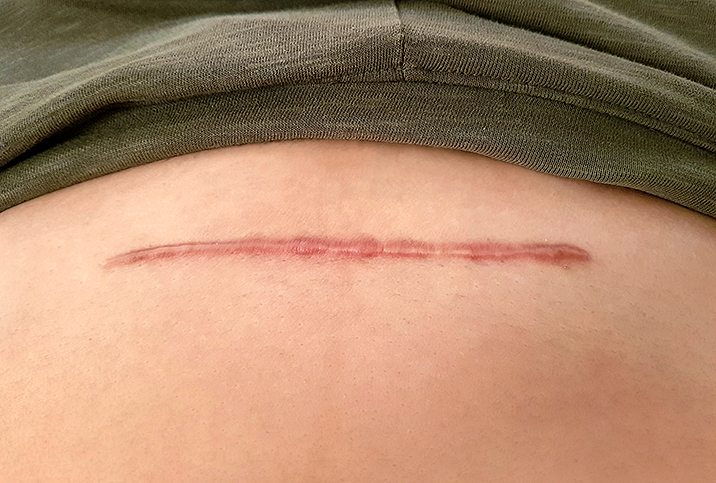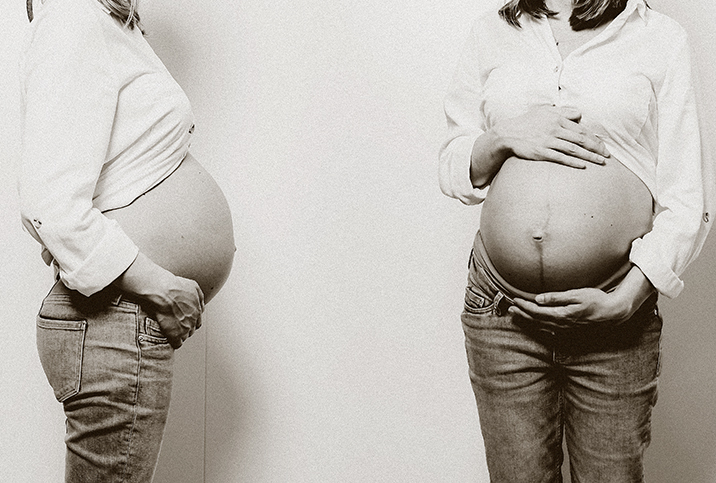Fibroids at Different Life Stages

Uterine fibroids are benign (non-cancerous) tumors of the uterus. They can grow inside the uterus (intramural), outside of it (subserosal) or in the uterine wall (submucosal).
Though the causes of fibroids are not fully known, scientists believe reproductive hormones (estrogen and progesterone), genetics and heredity, obesity and vitamin D deficiency are all contributing factors.
The condition is common among women of childbearing age. The U.S. Department of Health & Human Services Office of Women’s Health estimates 8 out of 10 women will develop uterine fibroids before age 50.
Fibroids at different ages
The signs and symptoms of fibroids can vary depending on your age. Let’s discuss what to look out for at different life stages.
Pre-childbearing years
You’re not at risk of developing fibroids before you reach your childbearing years. But there are still things you can do at this and future stages to help reduce your risk. Eating a healthy diet rich in fruits and vegetables and low in alcohol and red meat is important for both vaginal health and overall well-being, as is exercise. Additionally, studies show that getting enough vitamin D may reduce your risk by as much as 32 percent, so be sure to get enough time outdoors.
Childbearing years
Signs of fibroids during your childbearing years include heavy menstruation, acute pelvic pain, irregular periods (protracted periods and bleeding in-between periods), fatigue and frequent urination and/or constipation. If you are experiencing any of these symptoms, make an appointment with your physician.
However, most women with fibroids are asymptomatic, and the fibroids are only detected during an exam. Typically, fibroids aren’t cause for alarm unless you are experiencing the symptoms described above. But if you’re concerned, ask your doctor about various detection options including a pelvic exam or ultrasound.
In severe cases, fibroids can cause infertility, pregnancy complications and miscarriage, so discuss your pregnancy goals and the available treatment options for uterine fibroids with your OB-GYN.
Menopausal and postmenopausal years
Women who have reached menopause are at a much lower risk of developing uterine fibroids, perhaps because of the decline in reproductive hormones. At this stage, it’s unlikely fibroids will be cause for concern, but maintaining a healthy lifestyle with diet and exercise is still important.
Treatment options
There are a variety of treatment options available for uterine fibroids and the symptoms they cause.
If you’ve been diagnosed with uterine fibroids, but are not experiencing any symptoms, your doctor will most likely just want to monitor them at your regular annual gynecological visit.
If symptoms develop or get worse, antihormonal medication can slow and even stop the growth of fibroids, while painkillers such as ibuprofen or naproxen can reduce pain, and birth control may regulate your menstrual cycle.
If fibroids keep growing, however, your doctor may recommend surgery, including minimally invasive options such as uterine artery embolization or laparoscopic/robotic myomectomy. In extreme cases, a hysterectomy may be needed, but this is only used as a last resort when other treatment options have not been effective or in the rare cases where a fibroid becomes cancerous.
Always consult with your doctor about the best course of treatment for your body. And remember, for the majority of women, uterine fibroids are not a big deal and only require regular monitoring.


















